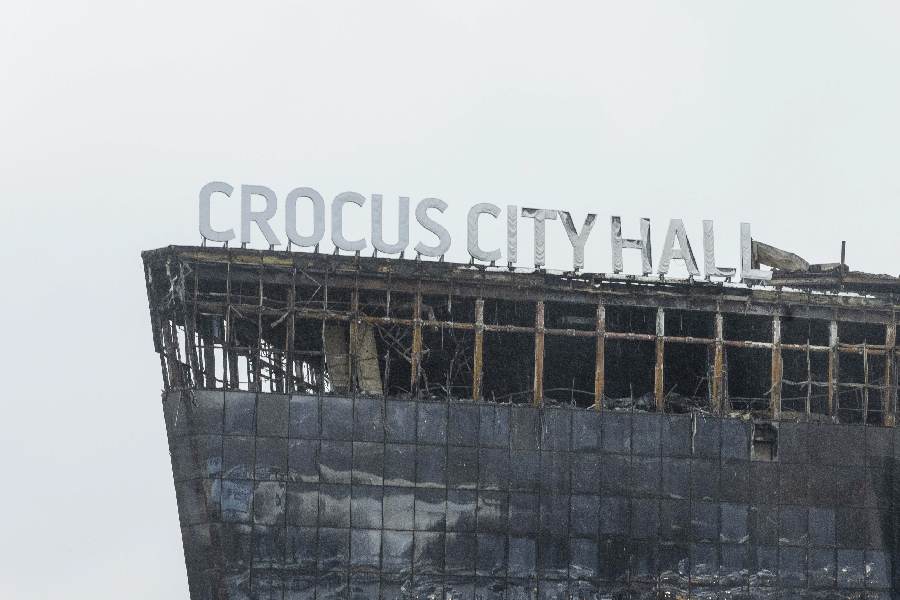The U.S. warning to Russia before a terrorist attack near Moscow was highly specific: Crocus City Hall was a potential target of the Islamic State group, according to U.S. officials.
The warning had the right venue but imprecise timing, suggesting that the attack could come within days. Indeed, the public warning by the U.S. Embassy on March 7 warned of potential terrorist attacks in the next two days.
Assailants stormed the hall on March 22, killing 144 people, the deadliest attack in Russia in nearly 20 years. The Islamic State group claimed responsibility for the attack, and Russia charged four men from Tajikistan, accusing them of carrying out the massacre.
But President Vladimir Putin and other top officials have continued to claim, without evidence, that Ukraine could have played a role in the attack, a statement that U.S. officials have repeatedly said was baseless.
The news that the U.S. warning specified the precise target of the violence was reported earlier Tuesday by The Washington Post.
The United States works intensely to collect intelligence on potential plots by the Islamic State group and its Afghanistan-based branch, Islamic State Khorasan.
Armed with that information, the United States has been able to warn both Russia and Iran, erstwhile adversaries, about specific targets the Islamic State group was planning to hit. But in both cases the warnings were not heeded, at least not enough to stop the violence.
Some Western officials said Russia paid some attention to the warning delivered by the CIA station in Moscow, and took steps to investigate the threat. But the new information raises questions about why Russian intelligence failed to maintain higher security levels. At the time of the attack, no additional security measures were in place at the venue.
The Western officials have said that when the attack failed to materialize immediately, Russia appeared to have lowered its guard, potentially considering the U.S. warning false.
On Tuesday, the Russian state-run Interfax news agency reported that Sergei Naryshkin, head of Russia’s Foreign Intelligence Service, said the U.S. warning was “too general” and, as a result, did not allow authorities to identify the potential attackers.
The White House, CIA and other intelligence officials declined to comment on the new details of the warning. But White House officials have previously acknowledged the broad warning given to Russia.
Days before the attack, Putin was disparaging the U.S. warnings, saying they were “outright blackmail” and attempts to “intimidate and destabilize our society.”
While Russian security services were focused on terrorism decades ago, they are now focused on Putin’s domestic opponents.
Experts have said the crackdown has diluted the focus on terrorism by the security services, potentially contributing to the failure to be able to use the U.S. warning to prevent the attack.
While at first glance it might seem odd that the United States would tell an adversarial country such as Russia of an attack, under law U.S. intelligence agencies have a “duty to warn.” If spy agencies learn about a potential attack, they must tell the target, to enable them to take steps to protect themselves.
But the war in Ukraine, and U.S. military support for Kyiv, has created tension and suspicion between Moscow and Washington not seen since the Cold War. That appears to have led Putin and his top aides to dismiss the U.S. warning.
The New York Times News Service










